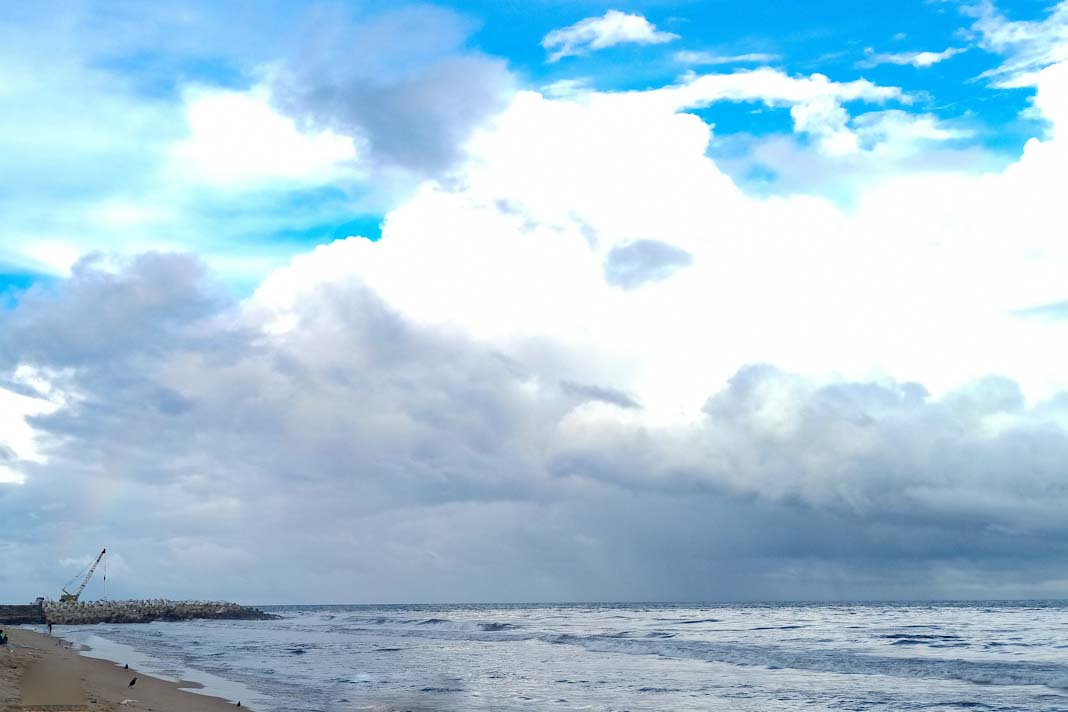- In response to the growing concerns surrounding lost containers at sea, the International Association of Classification Societies (IACS) has implemented two new Unified Requirements, UR C6 and UR C7.
- This is to strengthen the cargo securing arrangements on container ships.
Container ships are pivotal in global trade, facilitating the movement of goods across vast distances. However, ensuring the safe transport of containers presents unique challenges, particularly concerning stowage and securing onboard vessels.
UR C6 Requirements for Lashing Software
UR C6 mandates the use of lashing software for all dedicated container ships, serving as an additional means to complement existing container stowage and securing plans. It establishes harmonized performance standards and criteria for lashing software, ensuring compliance with functional requirements and test loading conditions. The adoption of uniform standards aims to promote consistency and reliability in implementing lashing software, thereby enhancing safety practices in the shipping industry.
UR C7 Approval and Certification of Container Securing Systems
Complementing UR C6, UR C7 sets minimum requirements for the approval and certification of container securing systems. This includes fixed and portable container securing fittings, arrangement plans, drawings of container supporting structures, and cargo safe access plans. Together, UR C6 and C7 ensure comprehensive oversight of container securing systems, enhancing safety measures across container ships.
Implementation
Both UR C6 and C7 will be uniformly enforced by IACS Member Societies on vessels contracted for construction on or after July 1, 2025.
Commentary
Robert Ashdown, Secretary General of IACS, emphasized the significance of these new requirements in enhancing container ship operations’ safety and reliability. By mitigating the risk of accidents and cargo loss, IACS aims to bolster maritime safety and protect the marine environment.
Did you subscribe to our daily Newsletter?
It’s Free! Click here to Subscribe
Source: IACS






















